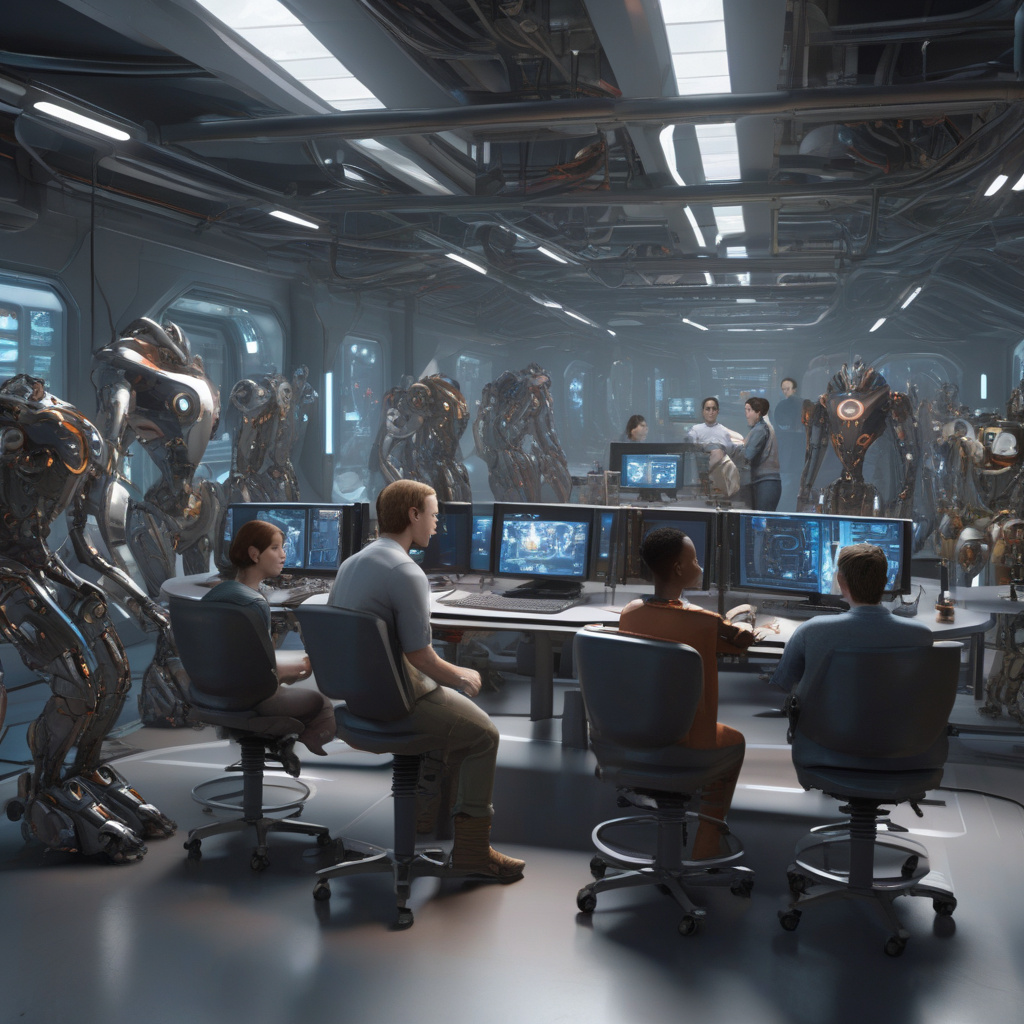Building AI game characters and robots that outsmart players is a thrilling challenge in the realm of technology and gaming. Imagine facing off against adversaries in a virtual world that can think, remember, and adapt their strategies in real-time. The possibilities for creating immersive and engaging gaming experiences are limitless.
One of the key components in developing intelligent AI characters is implementing machine learning algorithms. By training these agents with vast amounts of data, they can learn from experience and improve their decision-making processes. For example, AI characters in a game could analyze player behavior to anticipate their next moves and respond strategically.
Furthermore, reinforcement learning plays a vital role in enhancing the capabilities of AI game characters and robots. Through this technique, agents receive rewards for taking certain actions, encouraging them to optimize their behavior to achieve specific goals. This mechanism enables AI characters to evolve and become more proficient at outmaneuvering players.
Another crucial aspect of creating intelligent AI characters is designing robust memory systems. By enabling agents to store and retrieve information, they can enhance their decision-making processes based on past interactions. This capability allows AI characters to adapt their strategies dynamically, making them more challenging and unpredictable opponents.
Moreover, the concept of transfer learning can be leveraged to enhance the intelligence of AI game characters and robots. By enabling agents to apply knowledge gained from one task to another, developers can accelerate the learning process and improve overall performance. This approach empowers AI characters to quickly adapt to new challenges and environments.
In the realm of robotics, AI-powered machines can also benefit from advanced algorithms that enable them to navigate complex environments and interact with users intelligently. For instance, robots equipped with computer vision can identify objects and people, enhancing their ability to perform tasks autonomously. Additionally, natural language processing capabilities enable robots to understand and respond to verbal commands effectively.
As technology continues to advance, the potential for creating AI game characters and robots that outsmart players will only grow. By harnessing the power of machine learning, reinforcement learning, memory systems, and transfer learning, developers can push the boundaries of what is possible in gaming and robotics. The future holds exciting prospects for AI-driven experiences that blur the lines between virtual and real-world interactions.

